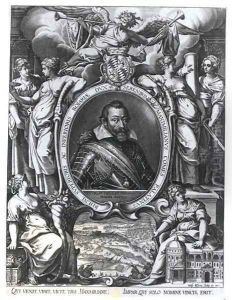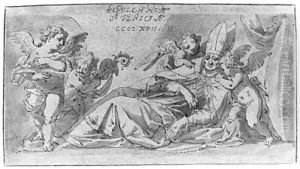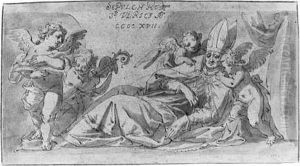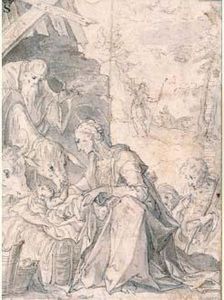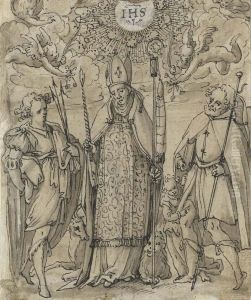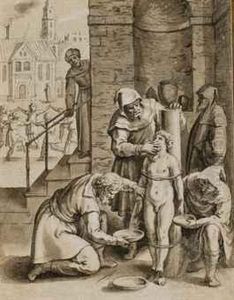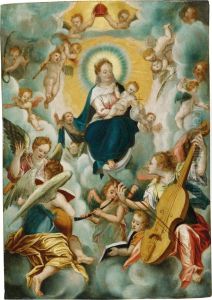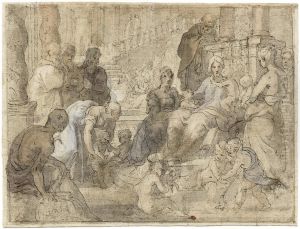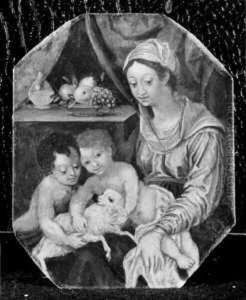Kager, Johann Matthias Paintings
Johann Matthias Kager was a German painter and architect who lived during the late Renaissance and early Baroque periods. He was born in 1575 in the Free Imperial City of Augsburg, which was then part of the Holy Roman Empire. Kager showed artistic talent at a young age and was trained by the Augsburg painter Paul Weber.
Kager's work was primarily influenced by the Italian masters, and he is known for his fresco paintings and intricate architectural designs. He was particularly skilled in the use of perspective and became renowned for his ability to render space and architecture in his compositions.
In 1596, Kager became a master in the Augsburg painters' guild, and by 1604, he had been appointed as the chief municipal architect for the city. This role allowed him to work on various important projects, including the design and decoration of town halls, churches, and private residences.
One of Kager's most significant contributions as an artist was his work on the Augsburg Town Hall, for which he created large frescoes that decorated the Golden Hall. His frescoes were admired for their grandeur and the way they celebrated the civic pride and wealth of Augsburg.
Apart from his work in Augsburg, Kager also spent time in other parts of Germany, including Munich, where he worked at the court of Duke Maximilian I of Bavaria. Kager's style evolved over the years, and he began incorporating more dramatic elements and movement into his work, reflecting the transition from Renaissance to Baroque art.
Johann Matthias Kager died in 1634 in Augsburg. Despite not being as widely known as some of his contemporaries, Kager's contributions to German Renaissance and early Baroque art have been recognized by art historians, and his works continue to be studied for their technical skill and historical significance.
